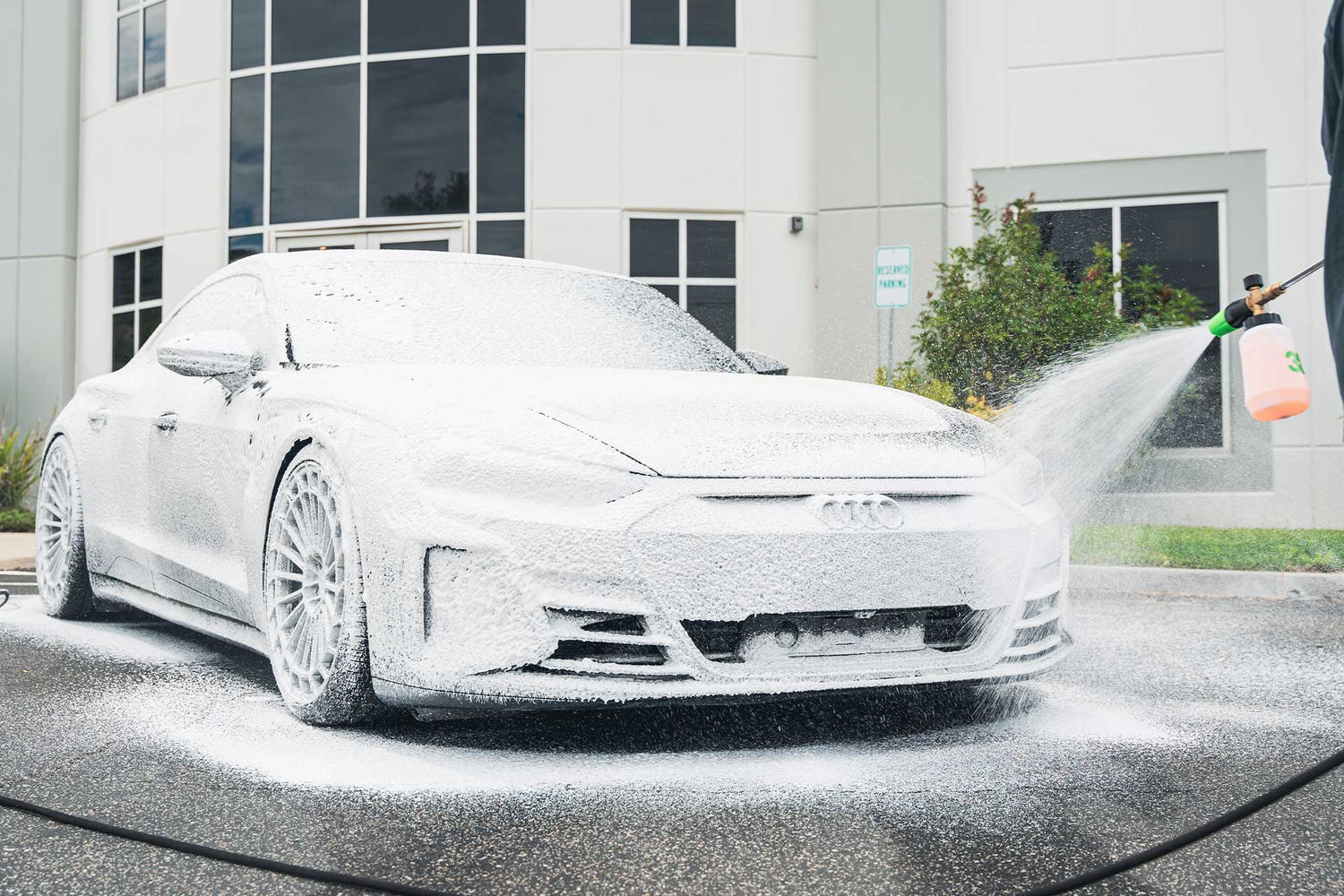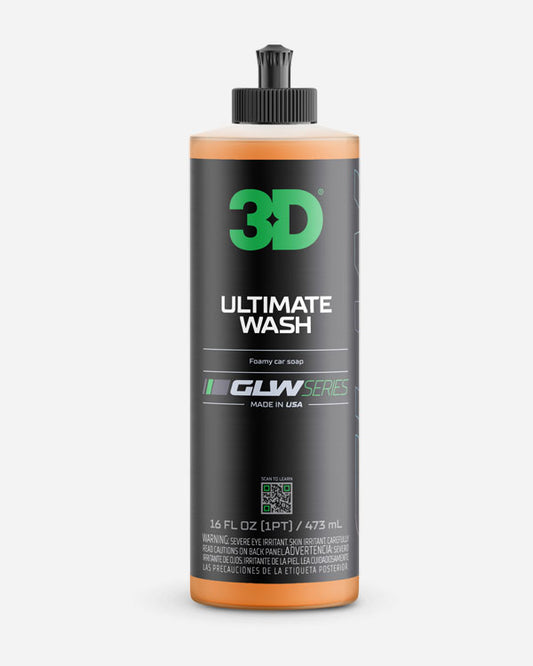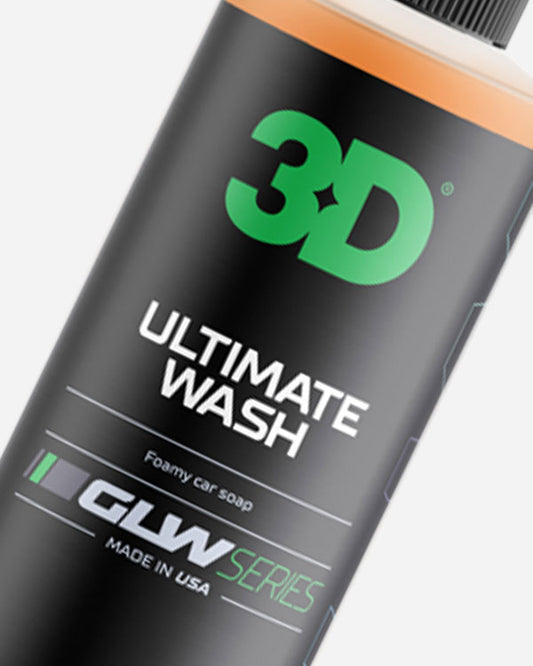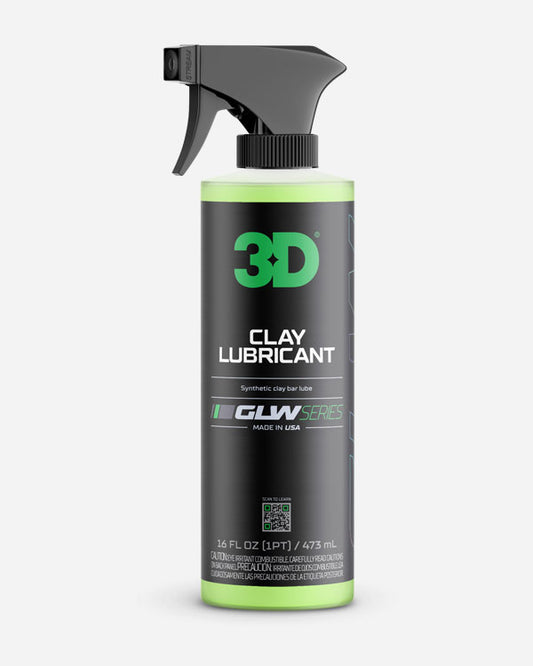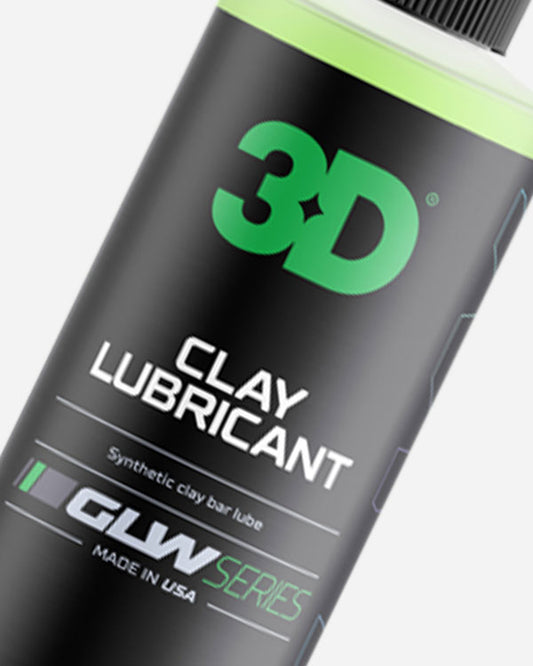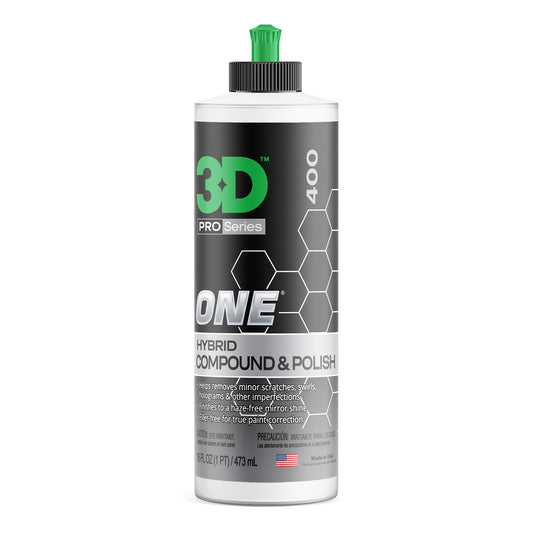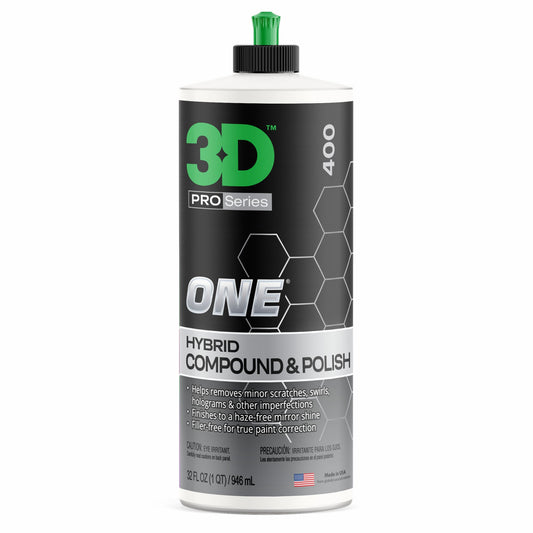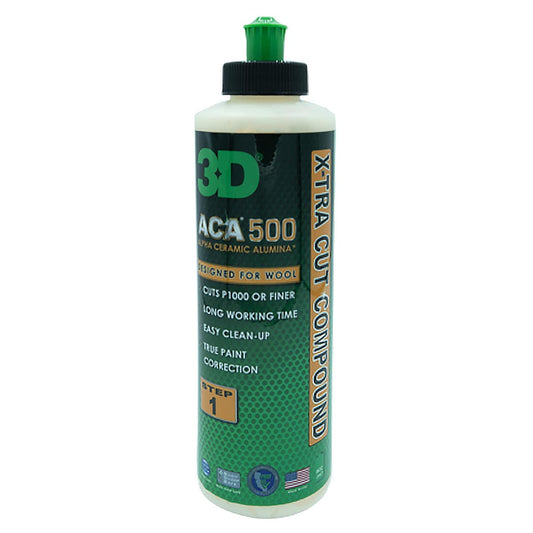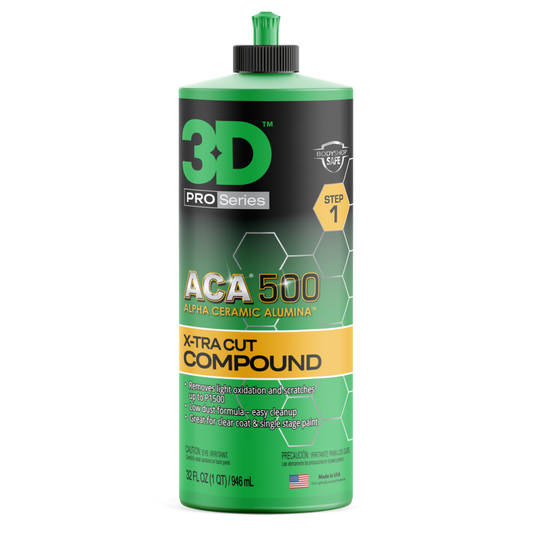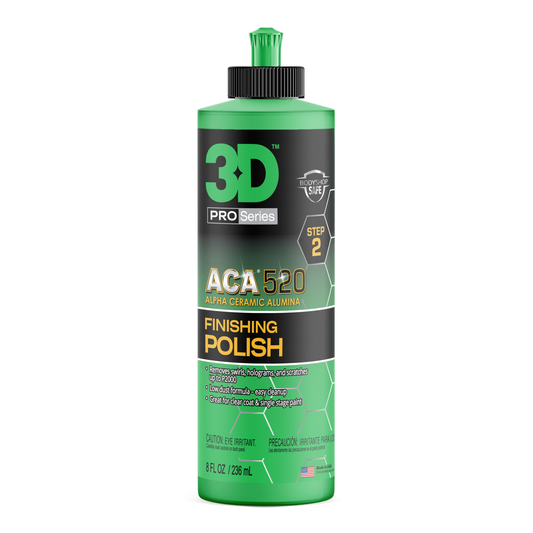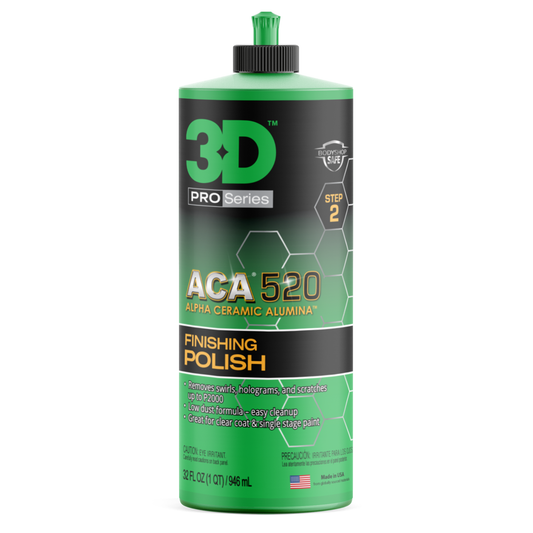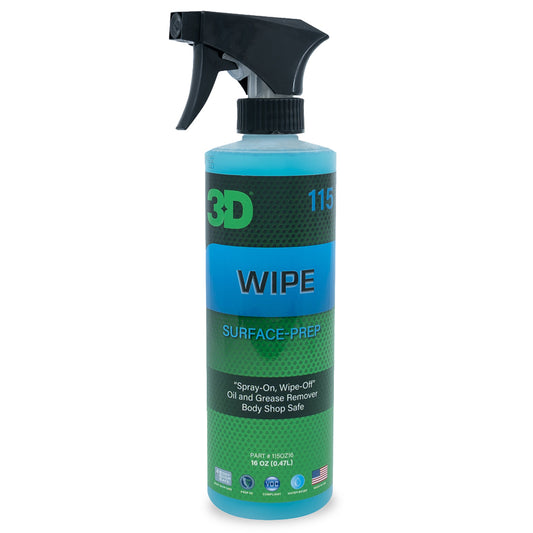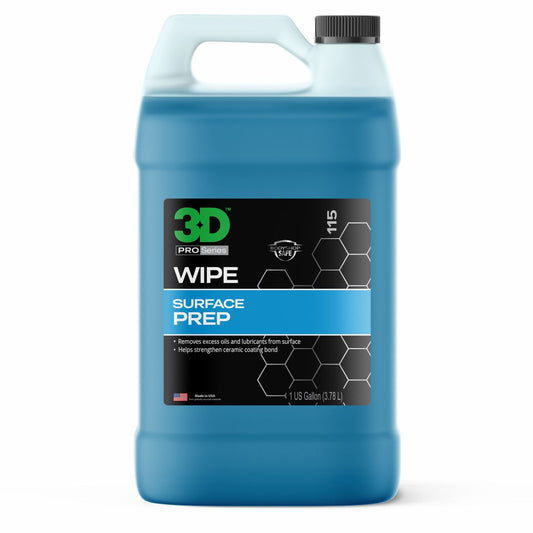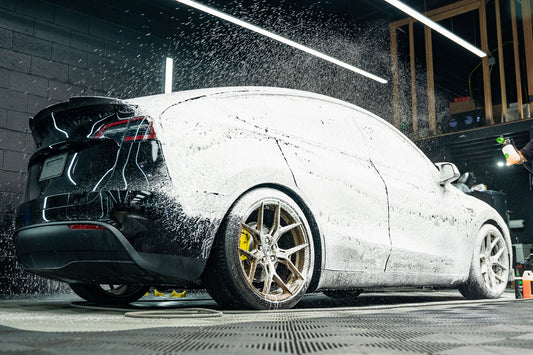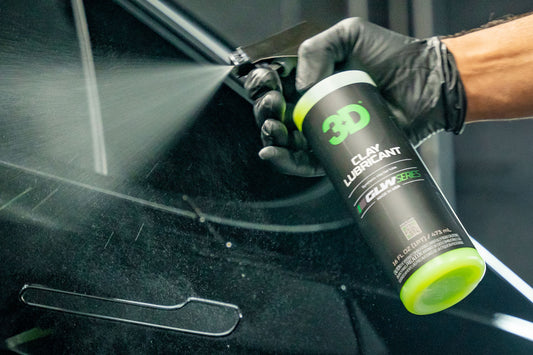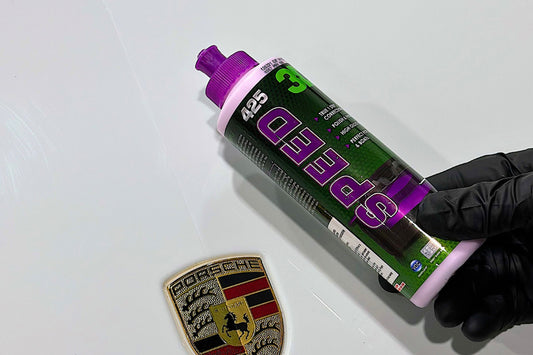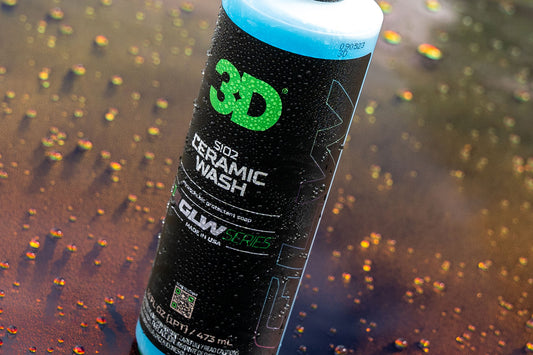When it comes to restoring your vehicle’s finish to its showroom glory, paint correction is the ultimate solution.
Over time, even the most cared-for cars can develop imperfections like swirl marks, scratches, oxidation, and other blemishes that dull the paint’s shine. Paint correction is a process that removes these imperfections, leaving your car’s surface smooth, reflective, and ready to turn heads.
Let’s dive into what paint correction is, why it’s essential, and some key tips to help you get the best results.

Everything You Need To Know About Paint Correction
What Is Paint Correction?
Paint correction is a professional detailing process that involves removing surface imperfections from a vehicle’s paintwork. These imperfections can include:
Paint correction is not just about making your car look better—it’s about preserving the integrity of the paint. By removing surface defects, you reduce the risk of further damage, such as corrosion or deeper scratches.
- Swirl marks
- Light scratches
- Oxidation
- Water spots
- Etching from bird droppings or bug splatter
Paint correction is not just about making your car look better—it’s about preserving the integrity of the paint. By removing surface defects, you reduce the risk of further damage, such as corrosion or deeper scratches.

Steps Involved in Paint Correction
- Thorough Washing and Decontamination: Before paint correction can begin, your car needs to be impeccably clean. Washing removes dirt and grime, while decontamination addresses embedded particles like tar, sap, and industrial fallout.
For a complete guide to car paint decontamination, check out our blog here. - Paint Inspection: Inspecting the paint is a critical step to identify imperfections and determine the level of correction required. A professional will often use specialized lighting to highlight defects that aren’t visible in natural light.
- Masking: Areas like rubber trims, plastic moldings, and badges are masked off to protect them during the correction process.
- Compounding: This step involves using a heavy-cut compound with a polishing machine to remove significant imperfections. Compounding is the most aggressive step and requires skill to avoid damaging the paint.
- Polishing: After compounding, polishing refines the paint surface, removing minor imperfections and enhancing gloss.
- Finishing: Once the correction is complete, a finishing polish or glaze may be applied for additional shine and depth.
- Sealing or Coating: Finally, the corrected paint is sealed with a wax, sealant, or ceramic coating to protect it from future damage and maintain the glossy finish.
3D GLW Series Ultimate Wash
3D GLW Series Ultimate Wash
Regular price
From $16.99
Sale price
From $16.99
Regular price
Unit price
per
3D GLW Series Clay Lubricant
3D GLW Series Clay Lubricant
Regular price
From $14.99
Sale price
From $14.99
Regular price
Unit price
per
3D ONE
3D ONE
Regular price
From $21.99
Sale price
From $21.99
Regular price
Unit price
per
ACA 500 X-Tra Cut Compound
ACA 500 X-Tra Cut Compound
Regular price
From $24.99
Sale price
From $24.99
Regular price
Unit price
per
ACA 520 Finishing Polish
ACA 520 Finishing Polish
Regular price
From $29.99
Sale price
From $29.99
Regular price
Unit price
per
Wipe Surface Prep
Wipe Surface Prep
Regular price
From $18.99
Sale price
From $18.99
Regular price
Unit price
per
Ceramic Coating+ Graphene Infused 30ml (3 Year)


Ceramic Coating+ Graphene Infused 30ml (3 Year)
Regular price
$94.99
Sale price
$94.99
Regular price
Unit price
per
Ceramic Coating 30ml (2 Year)
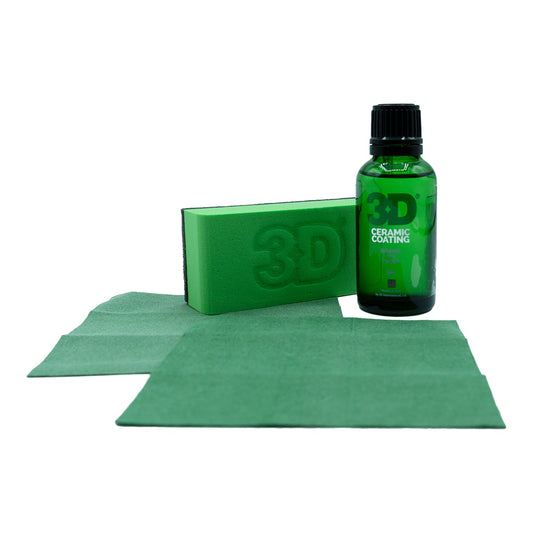
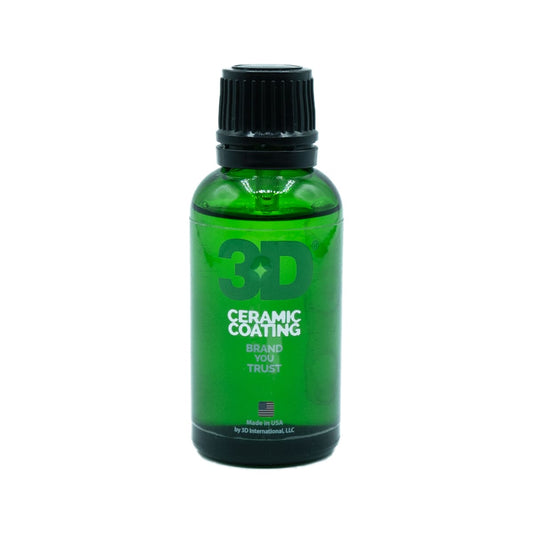


Ceramic Coating 30ml (2 Year)
Regular price
$79.99
Sale price
$79.99
Regular price
Unit price
per
3.5" Black Spider-Cut Foam Finishing Pad (2 Pack)
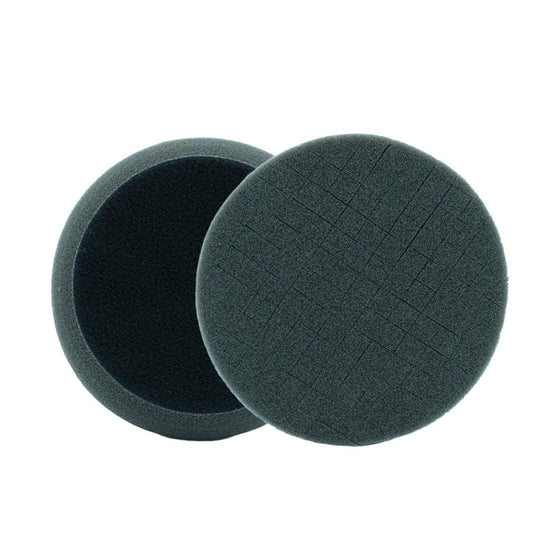
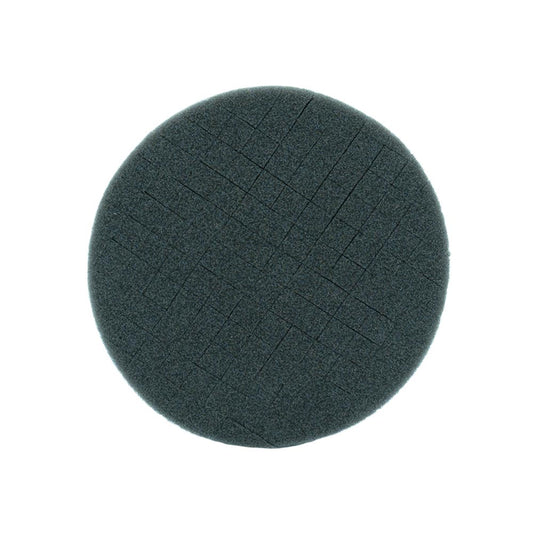


3.5" Black Spider-Cut Foam Finishing Pad (2 Pack)
Regular price
$24.99
Sale price
$24.99
Regular price
Unit price
per
3.5" Dark Purple Spider-Cut Foam Cutting Pad (2 Pack)
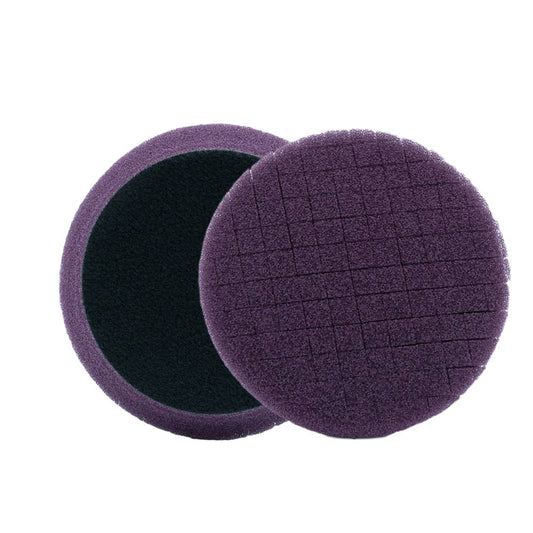
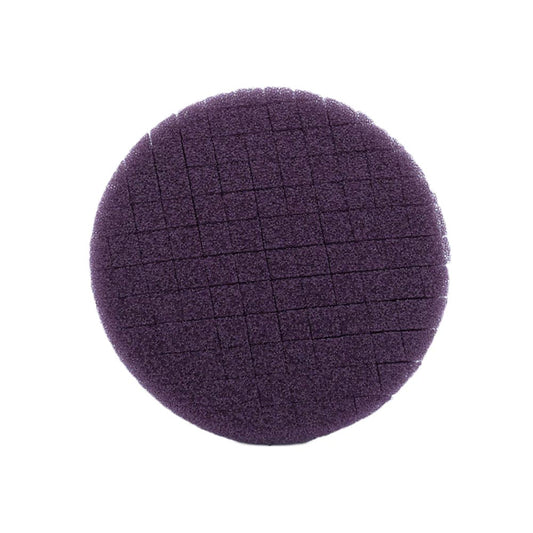


3.5" Dark Purple Spider-Cut Foam Cutting Pad (2 Pack)
Regular price
$24.99
Sale price
$24.99
Regular price
Unit price
per
3.5" Light Purple Spider-Cut Foam Polishing Pad (2 Pack)

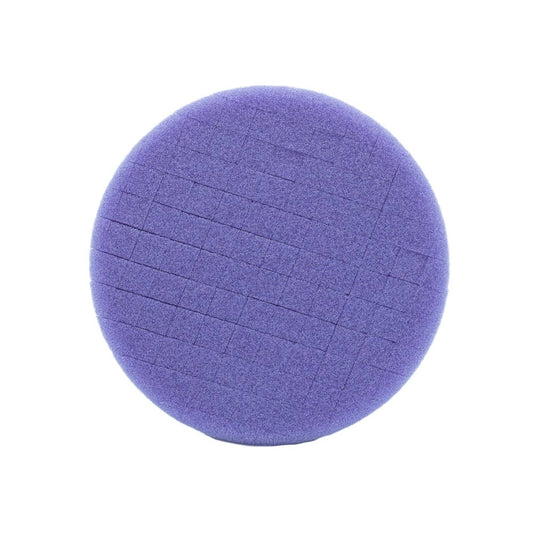


3.5" Light Purple Spider-Cut Foam Polishing Pad (2 Pack)
Regular price
$24.99
Sale price
$24.99
Regular price
Unit price
per
Tips for Successful Paint Correction
Understand Your Paint
Not all paint is created equal. Softer paints, often found on older or luxury vehicles, may require a gentler approach compared to harder, modern finishes. Always test a small area before committing to a full correction.
Use the Right Tools and Products
Invest in high-quality polishing machines, pads, and compounds. The right tools can significantly improve results. For top-notch products, consider the 3D range of professional detailing solutions.
Work in Small Sections
Divide your car into manageable sections and focus on one area at a time. This ensures thorough correction without missing spots.
Keep Pads and Products Clean
Dirty pads or contaminated compounds can reintroduce imperfections to your paint. Clean your pads regularly and store your products in a clean environment.
Don’t Rush
Paint correction is a time-intensive process. Rushing can lead to mistakes, such as over-polishing or uneven results. Take your time to achieve the best outcome.
Protect Your Work
After correction, apply a protective coating to shield your car from future damage. Ceramic coatings are particularly effective, offering long-lasting protection and enhanced gloss.

When to Seek Professional Help
While DIY paint correction is possible, it requires a good understanding of techniques, tools, and products. Mistakes can be costly and, in some cases, irreversible. If you’re new to detailing or dealing with severe imperfections, it’s wise to seek help from professional detailers.
Professional paint correction specialists have the experience, equipment, and expertise to safely and effectively restore your car’s finish. They can also advise on the best products and practices to maintain your vehicle’s appearance.
Professional paint correction specialists have the experience, equipment, and expertise to safely and effectively restore your car’s finish. They can also advise on the best products and practices to maintain your vehicle’s appearance.
Why Paint Correction Matters
- Enhances Appearance: Your car’s paint will look better than ever, with a deep, reflective shine.
- Preserves Value: A flawless paint finish can increase your vehicle’s resale value.
- Prevents Further Damage: By addressing surface imperfections, you prevent them from worsening over time.
Maintain Your Corrected Paint
To keep your car looking its best, follow these maintenance tips:
- Wash Regularly: Use a pH-neutral car shampoo and a microfiber wash mitt to gently clean your car without introducing new scratches.
- Avoid Automated Car Washes: These can create swirl marks and undo the benefits of paint correction.
- Apply Protective Coatings: Sealants, waxes, or ceramic coatings add a layer of protection and make cleaning easier.
Transform Your Vehicle with 3D Car Care
Ready to give your car a showroom-quality finish? Whether you’re tackling paint correction yourself or seeking professional help, 3D Car Care has the products and expertise to make it happen. Don’t forget to explore our ultimate guide to car paint decontamination to prepare your vehicle for a flawless correction process.
Achieve stunning results and enjoy the confidence of driving a car that looks as good as new. With 3D Car Care, perfection is just a polish away!
